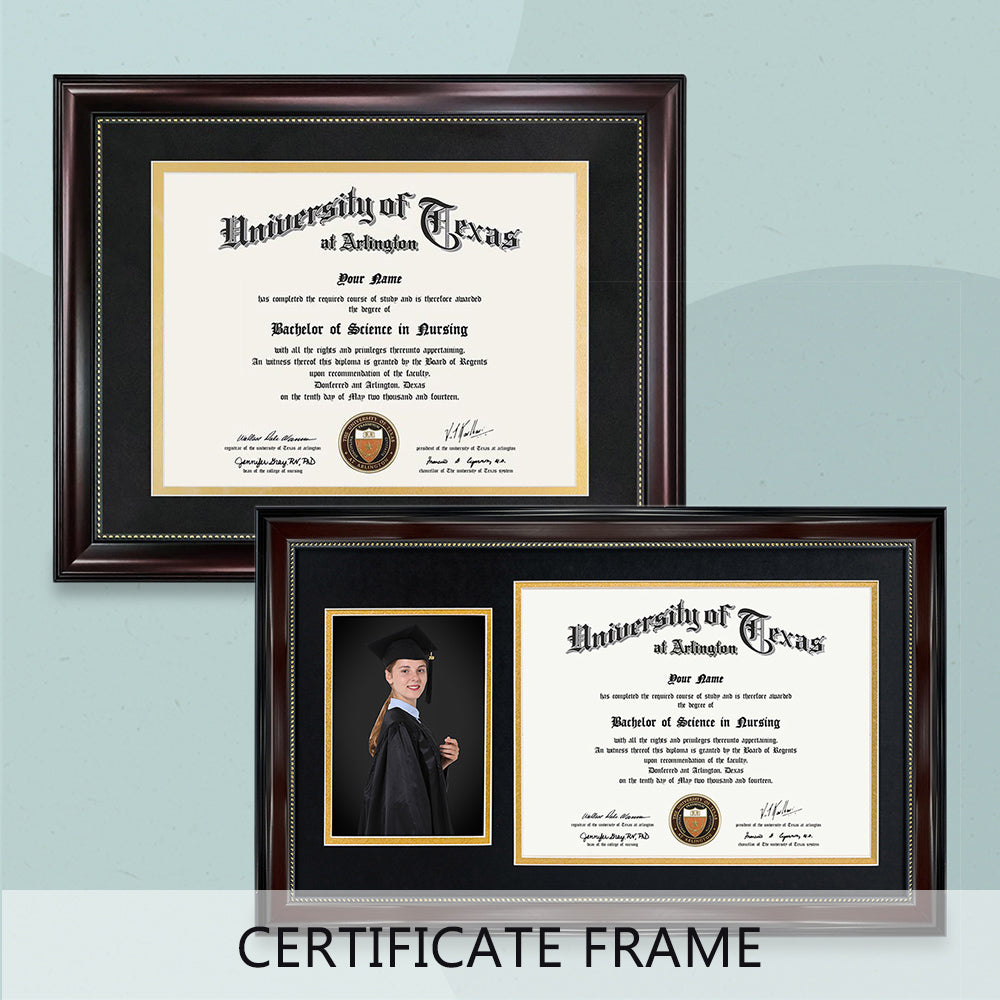Graduation stoles have long been more than just a fabric accessory; they are a powerful symbol of academic achievement, personal identity, and cultural heritage. At GraduationMall, we celebrate the profound meaning behind every academic tradition, and the graduation stole stands as a tapestry woven through centuries of history, storytelling, and evolving symbolism.
Historical Origins
The journey of the graduation stole begins in medieval Europe. Originally, ceremonial scarves—known in Latin as stolas—were worn by clergy as symbols of authority, devotion, and service. As universities began to emerge during the 12th and 13th centuries, these garments were gradually adopted by academic institutions. Scholars and educators borrowed from the rich traditions of religious regalia, and the stole came to signify not only scholarly achievement but also one’s commitment to learning and service.
The Evolution of Tradition
Over time, the meaning of graduation stoles evolved significantly. What was once a marker of scholarly or clerical standing morphed into an emblem of personal accomplishment, community affiliation, and cultural pride. By the 20th century, stoles began to be embraced by a wide range of academic communities. Today, graduates wear stoles to celebrate various aspects of their journey—whether it’s academic honors, participation in cultural organizations, or membership in cherished groups like honor societies and fraternities or sororities. This transformation highlights the collective desire to combine tradition with personal expression, where every stitch tells a unique story.
A Touching Tale of Tradition
Among the many small stories that breathe life into this tradition is one that has resonated in graduation ceremonies around the globe. Imagine a first-generation college graduate, whose family had long dreamed of educational advancement. On the day of commencement, a close family member—perhaps a proud grandmother—presents the graduate with a stole. This moment is charged with emotion: the stole becomes a tangible link between generations, symbolizing not only academic success but also the culmination of years of sacrifice, hope, and rekindled dreams. Such intimate traditions remind us that every graduation stole carries a personal narrative—a story of resilience, community support, and the transformative power of education.
Contemporary Significance
In modern times, the graduation stole has transcended its original ceremonial role to become a canvas of individuality. Many graduates now choose to personalize their stoles with embroidered symbols, hand-painted designs, or unique color combinations that represent their cultural heritage and personal journey. This creative evolution reflects a broader trend towards celebrating diversity and personal expression in academic ceremonies. Rather than adhering to a single definition, the graduation stole today is as multifaceted and dynamic as the graduates who wear it, bridging the gap between timeless tradition and modern artistic flair.
Celebrating the Journey
The graduation stole remains a potent reminder that our academic journeys are deeply intertwined with history, culture, and personal storytelling. Each stole encapsulates years of hard work, the guidance of mentors, and the love of supportive communities. It is an emblem that not only marks a milestone but also invites every graduate to reflect on the legacy they are carrying forward into the future. As traditions continue to evolve, the graduation stole stands as a beautiful metaphor for growth—the fabric of our past woven into the promise of tomorrow.
In exploring these rich traditions, we invite you to see the graduation stole not merely as an accessory, but as an heirloom of memories and meaning. Its rich history is a celebration of academic excellence, cultural heritage, and the enduring spirit of those who dare to dream big. May each graduate’s journey be as unique and meaningful as the stories stitched into their stole.























Leave a comment
This site is protected by hCaptcha and the hCaptcha Privacy Policy and Terms of Service apply.